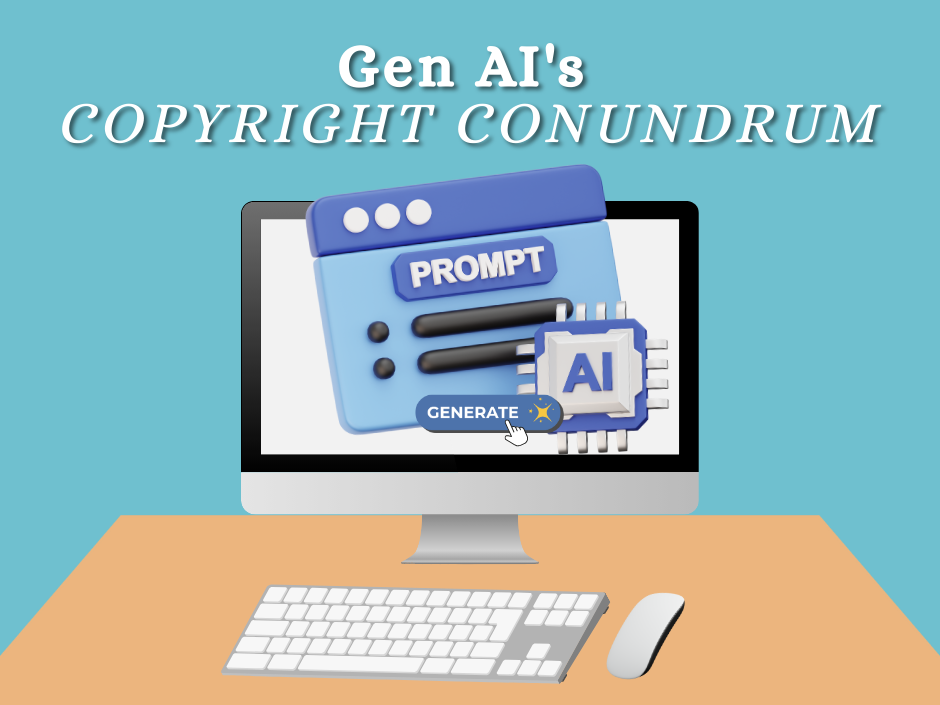The Copyright Conundrum
- Chandni Dangson
- Jun 23
- 3 min read

Can Blockchain block AI from stealing my art?
In the last few weeks, the world has changed. Forever.
From an artist’s perspective, “Flow” just took on a new meaning. While we all know flow as that zen state of mind when a creative stream of consciousness surges into art, that’s no longer all it means.
In Google’s own words: “Flow is inspired by what it feels like when time slows down and creation is effortless, iterative and full of possibility.”
Flow is a new paradigm in Google’s AI arsenal. While the world remains riveted to the various conflicts in the global arena, there’s a (not so) quiet revolution that is taking the world by storm.
A torrent made up of three tributaries: Veo, Imagen, and Gemini - Flow is a river of new blood, and yes, it’s been devised by creators, for creators. It sounds like the answer to your dreams (literally, as it interprets your imagination into stunning visuals). But even dreams have a dark side with the odd nightmare thrown in.
In April 2025, three artists decided that enough was enough. It was time to play David and slapped a lawsuit on Google’s Goliath. As it turns out, the plaintiffs discovered that their original art and photography was used by Imagen in its training module without prior permission. But wait, like all dreams, it’s a lot more convoluted than that.
Imagen didn’t directly purloin their work. It repurposed the artwork from LAION-400M, a publicly available dataset. LAION, Large-Scale Artificial Intelligence Open Network, is a storehouse of over 400 million works, a training ground for image generators.
But if the works were part of a publicly available dataset, is that “fair use”? The big boys seem to think so, while the artists are fighting back.
This is a feud that could play out forever, but while the drama may build, the technology isn’t holding back. So, the question I ask myself is, how could this have been pre-empted? In a day and age when we all adapt content from vast libraries of visual, audio and even textual work, can the slingshot nail the target or is it just a shot in the dark?
Could blockchain help to counter and mitigate the fall out of AI scraping? Possibly. And it’s a relatively simple process. A blockchain timestamp could be the answer artists are looking for. If you upload your creative work to a blockchain, it automatically gets time-stamped, and that
means that no matter who (or what) appropriates the work, the ownership can be traced back to you forever.
What does this mean? Many things that could flip the coin in favour of the creator in the future.
Traceability means that the creator always gets credited. Which brings in a different degree of accountability from the AI generators. It also means that before they can touch the work, they have to fork out a fee which goes back to the artist.
While the common stereotype of the artist is that they have no brain for business, this is not the actual case at all. More and more artists from writers to musicians to painters to sculptors are acutely aware of their rights, and blockchain can simply help them cut out the hassle and streamline the process with a Smart Contract, prior to signing their life’s work away.
From a creator’s perspective, putting your work on the block no longer means giving it away for free. On the contrary, putting your work on the block not only helps you channel the “flow” back into your account! Now, imagine (or should I say, Imagen?) that!



Comments